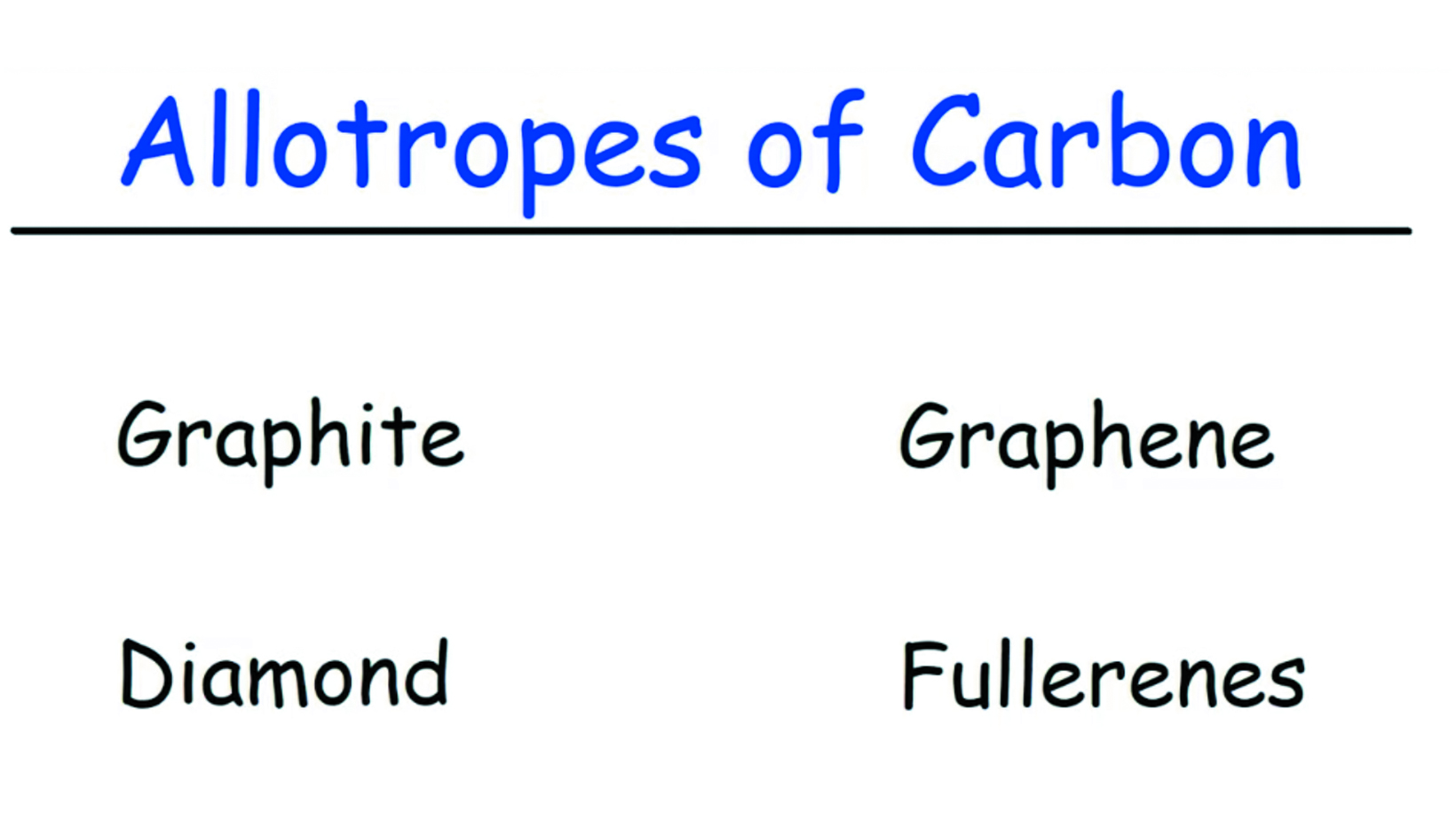Zoysiagrass is a highly desirable grass option due to its durability, tolerance to heat and drought, and dense growth. Its ability to withstand heavy foot traffic makes it ideal for lawns and golf courses. Requiring less mowing, it has a low growth habit. Additionally, its dense root system helps it stay green during dry conditions and resist weed invasion.
Named to commemorate 18th century Austrian botanist, Karl von Zois, it originated in Eastern Asia. Zoysia was introduced to the U.S. in 1911 and was first called Manila grass. Named to commemorate 18th century Austrian botanist, Karl von Zois, it originated in Eastern Asia.
However, zoysiagrass does have some drawbacks. It can be slow to establish, requiring patience and careful maintenance during the early stages of growth. It is also sensitive to cold temperatures, which limits its suitability for colder regions. Nonetheless, properly cared for zoysiagrass grows in regions outside of the southern U.S.
Zoysia spreads from both rhizomes and stolons. They grow from the Atlantic coast from Florida to Connecticut and along the Gulf coast to Texas and California. It is extremely drought tolerant and can grow in many different soil types.
Zoysia is established from seed, sprigs or from sod. Mowing heights range from 1/2″ to 2″.
In summary, zoysiagrass is a popular warm-season grass choice for its durability, heat and drought tolerance, and dense growth. It may require more effort during the establishment phase and is not suitable for colder regions, but with proper care, it can be a beautiful and functional addition to any lawn or golf course.
Review our website to learn more and ask for Greensmiths products by name.




